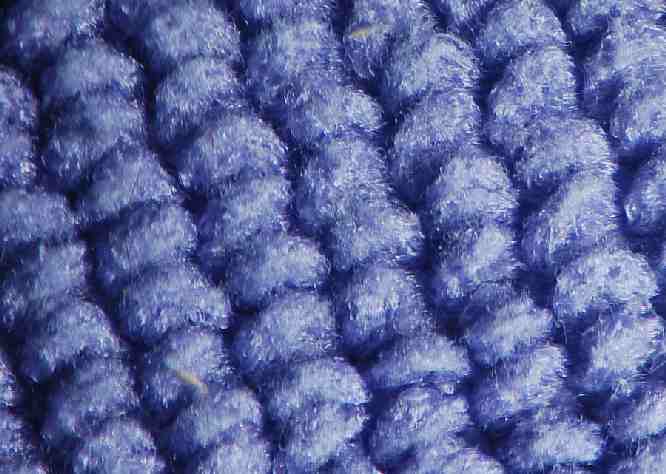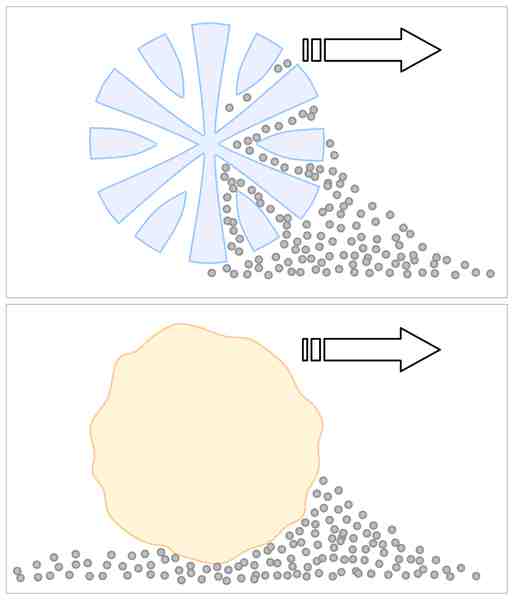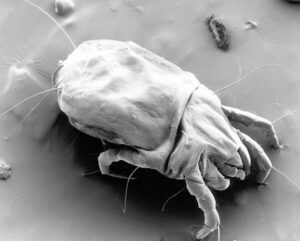
Microfiber is a great choice for your furniture. MicroFiber furniture cleaning, however, can pose some real problems when you do it yourself.
You may even have cleaned your furniture and it seems like the stain just got bigger? Here’s how to fix that and easily clean your furniture at home – safely.
What is MicroFiber?
Microfiber is a fascinating textile. Each fiber is finer than a strand of silk or less than 1/5th the diameter of a human hair. The particular composition of fibers varies according to its intended use. The capabilities are remarkable and include water repellency or absorbency, strength, softness, malleability and even electrodynamics.
For furniture, the fabric is often constructed from a water-resistant material.
So Why the Water Rings?
Since it’s water-resistant, what gives with those dirty water rings that show up when you try to spot clean?

As this image from Wikipedia shows, regular materials (on top) absorb water easily. Microfiber, however, in the bottom illustration, no moisture can soak through the surface. The moisture simply moves out away from the spot you cleaned and draws in soil you didn’t even notice. As a result, that soil is concentrated at the point of drying and a ring appears.
The best way to avoid this problem is to simply wet the entire area, seam to seam.
How to Safely Clean Your MicroFiber Furniture
As a residue of any cleaning chemical is not good for the material, the best home remedy is to rinse with the opposite or neutralizing solution. A cup of white vinegar mixed with 3 cups of water in a quart sprayer is a great way to neutralize any soapy cleaner and can be used on your microfiber to remove the cleaning solution.
Spray the entire cushion or arm with the rinse and wipe with white towels. For best results, dry with increased airflow (fans) and low humidity (AC).
By following these instructions, you can safely spot clean your microfiber furniture yourself.
When You Need Professional MicroFiber Furniture Cleaning
or just need more info about the home cleaning process, please give us a call, it would be our pleasure to assist you.
Accidents (& Life) Happen
The baby or the dog has a urine accident. Somebody bleeds on it. Breakfast in bed turns into coffee on the bed… Or you sleep on it. Yup, that’s all it takes – you sleep on it.
When you sleep, you shed tiny bits of skin. Between that and regular household dust that settles, you feed a whole host of a growing, reproducing, prolific bunch of critters – the worst of which are dust mites.
Do You Really Want To Sit on That?
Do you know how many dust mites are in your mattress and that your sleep with every night?

Image from Wikipedia: CSIRO Science Image_11085: Scanning electron micrograph of a female dust mite
- “Literally millions of mites can inhabit a single bed as it provides both a perfect condition for growth and their greatest food source, the shed scales from human skin.” – University of Missouri
- “In a 10-week lifespan, one house dust mite will produce approximately 2,000 fecal particles and an even larger number of partially digested enzyme-covered dust particles. ” – Wikipedia & Entomology Department of the University of Florida
- “The average bed is home to anywhere from 100,000 to 10 million dust mites.” — Global Healing Center
They don’t bite but they create an allergen that can be harmful. Regular vacuuming and professional cleaning will, however, reduce the number of creepy visitors you are living with.
For your health, the EPA recommends a complete cleaning at least twice a year.
Areas We Serve in Florida: Citrus Park * Clearwater * Dunedin * Largo * Oldsmar * Palm Harbor * Pinellas Park * Safety Harbor * Saint Petersburg * Seminole * Tampa * Tarpon Springs * Town & Country
